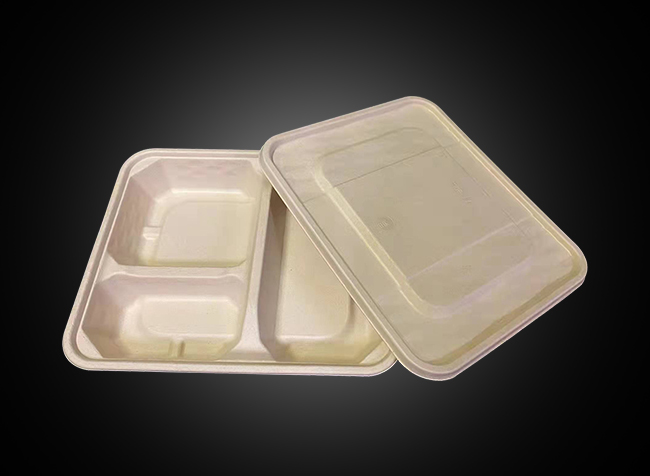At present, the application of paper plastic molded products mainly includes the following aspects: disposable tableware, buffer packaging of industrial products, disposable tableware, fresh packaging, packaging of medical supplies and cosmetics, etc.

Production process
Paper plastic molding is a type of packaging paper product that is made from primary fibers (such as wood pulp, bamboo pulp, bagasse pulp, reed pulp, etc.) or secondary fibers, and is molded on a specialized mesh mold through papermaking technology. Compared with traditional foam plastic products, paper plastic molding has the characteristics of wide raw material sources, low environmental pollution, renewability, and good anti-static properties.
With the continuous improvement of people's consumption concepts and environmental protection concepts, the demand for paper plastic molded products in the packaging industry is increasing. From the initial packaging of agricultural and sideline products such as eggs and fruits, it has gradually expanded to the packaging of high-end products such as electronic products, household appliances, and instruments. Initially, paper plastic primary color and white were the main colors of paper plastic molded products. However, in recent years, people's requirements for packaging materials have become higher and higher, not only reflected in the quality of packaging materials, but also have new requirements for appearance color, and have become an important technical indicator. Piano black, with its elegant, atmospheric, and solemn visual effects, is highly favored in electronic product packaging.
At present, the main dyeing method for paper and plastic is intra pulp dyeing, which involves adding a certain proportion of dye after beating to give the fibers a certain color. Then, a series of operations such as forming, pressing, and drying are carried out to produce paper and plastic molded products with specific colors. However, due to the high quantity and thickness of the products, the contact between the added dye and the pulp during dyeing is uneven, and the beating degree of the pulp cannot be too high. The dyeing uniformity and color saturation of the pulp usually cannot meet the requirements. Therefore, this article studies the use of papermaking to explore the impact of co grinding of dyes and fibers on the dyeing effect and strength performance of dyed products, and proposes to improve the process.